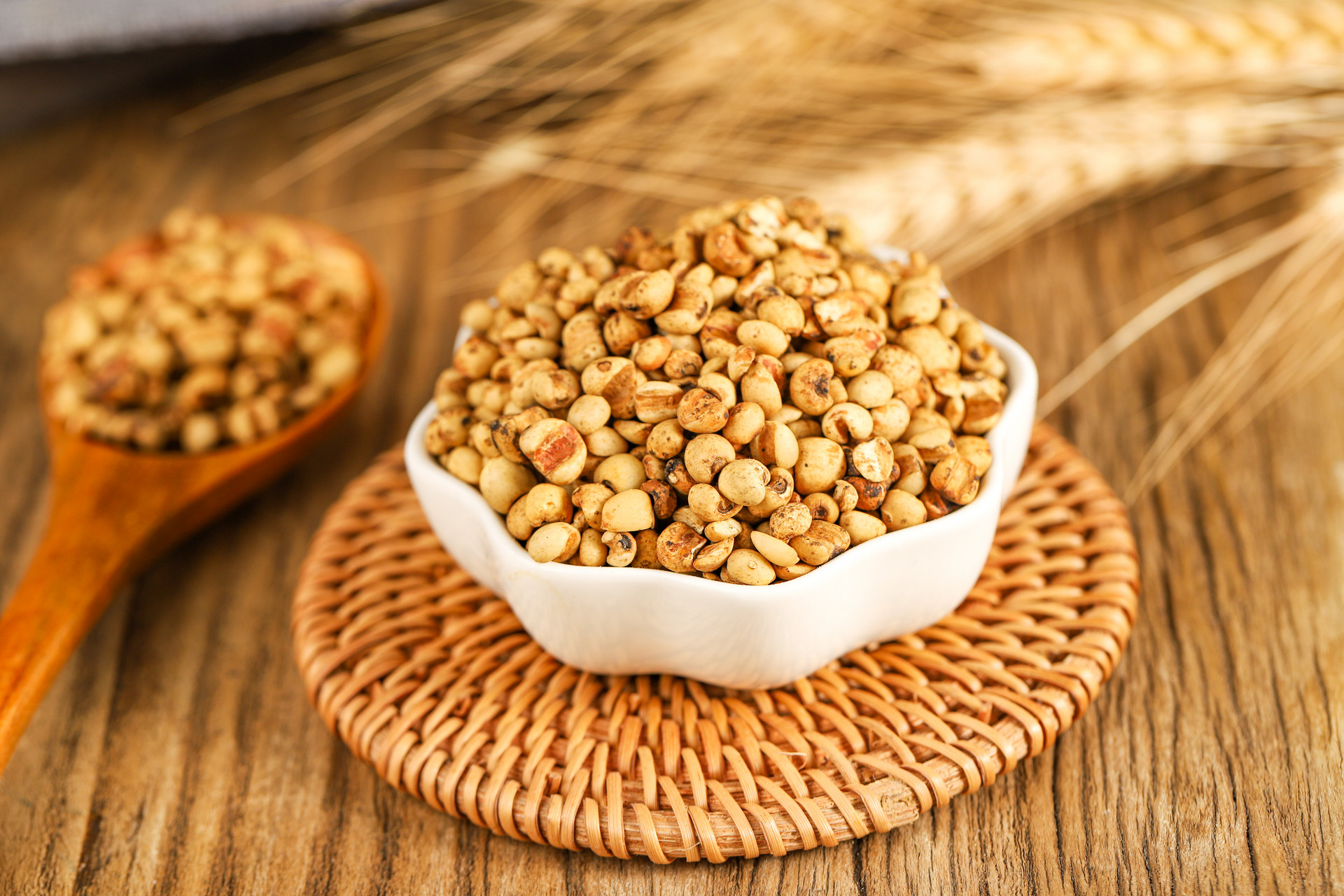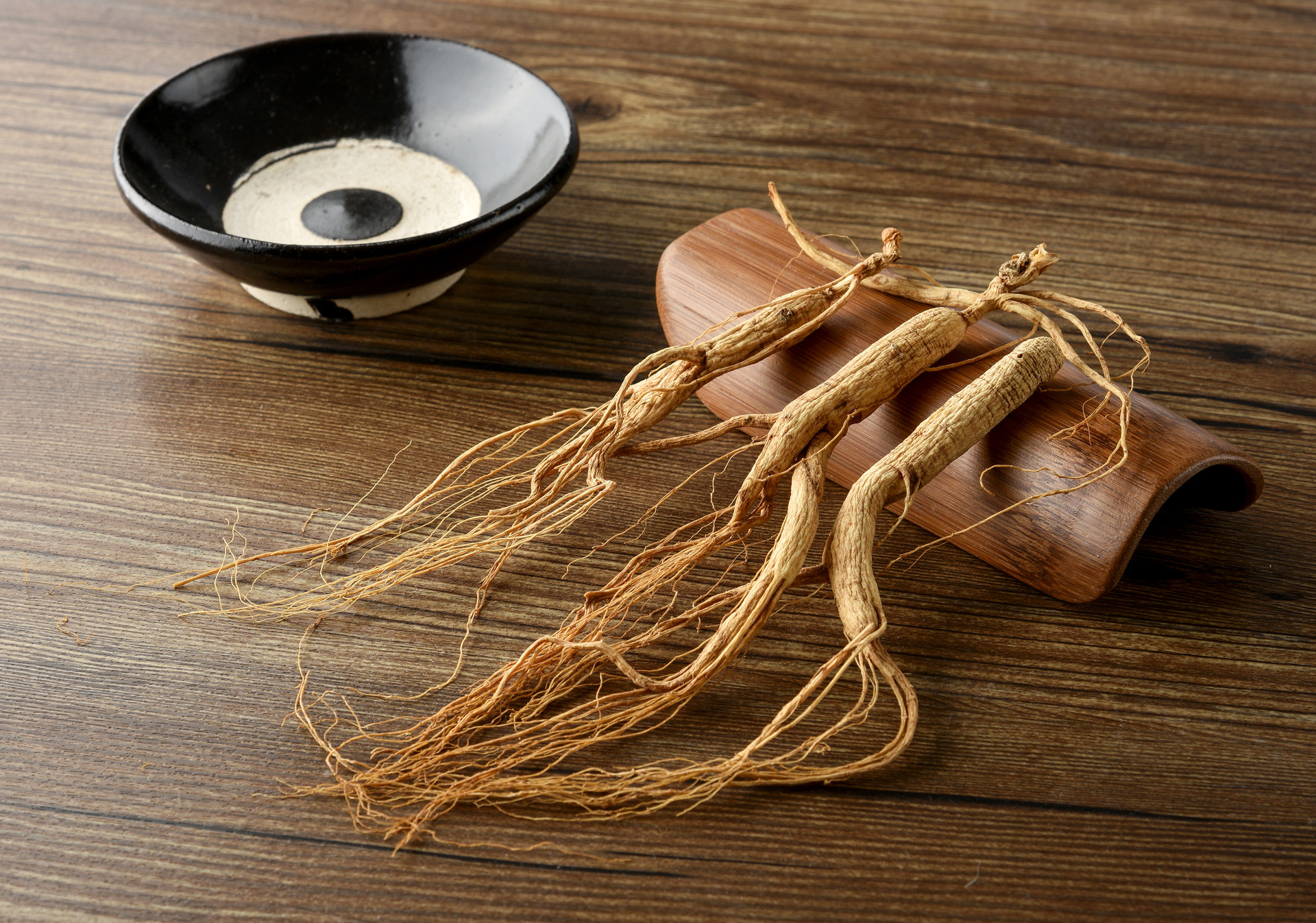Cinnamon, also known as cinnamon, is pungent, sweet and very hot, and belongs to the kidney, spleen, heart and liver meridians. It has the efficacy of tonifying Yuan Yang, warming the spleen and stomach, removing accumulated cold, ventilating the veins to relieve pain and stopping diarrhea, below we will look at the specific efficacy and effects of cinnamon bark and how to consume it.
Warming the kidney and augmenting yang
Cinnamon bark has the effect of warming the kidney and strengthening yang, and can be used for cold fear, cold limbs, cold pain in the waist and knees due to deficiency of kidney yang, and also for deficient asthma and qi rebellion due to kidney failure;
Warming the middle of the body to dispel cold
Gui Bark has the effect of warming the middle of the body to dispel cold, and can be used for cold pain in the stomach and abdomen due to deficiency of the spleen and stomach, as well as abdominal pain and diarrhea, and is often used together with Gan Jiang and Radix et Rhizoma Polygonati;
Warming menstruation and relieving pain
Gui Bark has the function of warming the blood vessels, dispersing cold and relieving pain, and can be used for dysmenorrhea and pain in the limbs caused by cold condensation and stagnation of Qi.
Gui Bark is pungent, sweet, hot, pure Yang, dry and strong, good at warming the middle and lower jiao and dispersing cold and relieving pain, red in color into the blood and can encourage the growth of Qi and blood, so it is an important medicine for spleen and kidney Yang deficiency, cold and pain, Qi and blood deficiency and cold.
Promoting Blood circulation
It is also used for post-operative recovery of mothers and can effectively improve the symptoms of incomplete dew, stagnant abdominal pain and stabbing pain in the heart and abdomen. If eaten together with hawthorn, it can enhance the function of tonifying the blood vessels and has significant therapeutic effects on dysmenorrhea and menstrual disorders caused by cold in the uterus.
Pharmacological effects
Sedative effect
Cinnamaldehyde contained in cinnamon bark has a significant sedative effect on mice, manifesting as a reduction in spontaneous activity, counteracting the excessive activity produced by methamphetamine, motor dysregulation produced by the stick-turning test, and prolonging the anesthesia time of cyclohexylbarbitone sodium. Its analgesic effect was demonstrated by applying tail-press stimulation or intraperitoneal injection of acetic acid to observe twisting movements in mice.
Hypothermic effect
It has a cooling effect on normal body temperature in mice and artificial fever induced by mixed typhoid and paratyphoid vaccines. In rabbits with warm prick-induced fever, cinnamaldehyde and sodium cinnamate have an antipyretic effect. It can delay the time of tonic convulsions and death caused by stilbene, and can reduce the incidence of tonic convulsions and death caused by nicotine. It is not effective for those caused by huxtazol.
Antihypertensive effect
The combination of Radix et Rhizoma Pseudostellariae and Cinnamomum Cassiae had hypotensive effect on adrenocortical hypertensive rats (model formed by burning one adrenal gland); but not on renal hypertensive rats (model formed by ligating the kidney in a figure-of-eight pattern). This effect may be due to the fact that the epimedium and cinnamon promote the normalization of the reduced adrenal activity.
Effect of schistosomiasis prevention
Mice were given 0.2ml/10g of body weight (10.8g/180ml) of the infusion (species not specified) orally every day for 15 days, and were infected with schistosomiasis on the third day of administration.
Effects on blood
In vitro and in vivo tests of cinnamon bark have significantly inhibited the effect of ADP-induced platelet aggregation in rats, and in vitro tests have shown that the aqueous decoction of cinnamon bark and the methanolic fraction have strong anticoagulant effects. The monomers extracted from cinnamon bark, cinnamon acid and coumarin, had insignificant anticoagulant effects. In vivo tests of aqueous decoction of cinnamon bark also showed no anticoagulant effect and did not affect fibrinolytic activity in rabbits.
Effects on cardiovascular system
Cinnamomum cassia bark aqueous extract and volatile oil have certain antagonistic and protective effects on platelet aggregation and myocardial injury caused by increased secretion of endogenous catecholamines in rats under ice-water stress; Cinnamomum cassia bark decoction can increase coronary and cerebral blood flow and decrease vascular resistance in anesthetized dogs; Cinnamomum cassia bark decoction, cinnamaldehyde and coumarin have inhibitory effects on ADP-induced platelet aggregation in rats.
Anti-ulcer effect
Cinnamomum cassia aqueous extract can prevent stress ulcers in rats when injected intraperitoneally. Gavage or intraperitoneal injection can also inhibit 5-hydroxytryptamine-induced gastric ulcers in rats, and the anti-ulcer effect is not only due to the inhibition of gastric juice secretion, but also promote the blood flow of gastric mucosa.
Anti-allergic reaction
Cinnamomum cassia bark aqueous extract has anti-metabolic effects, and has significant inhibitory effects on complement-dependent reactions such as type II reverse cutaneous allergic reaction (RCA), Forsman's cutaneous vasculitis (FCV) and type III Arthus reaction. Other, the ether and ethanol extracts of cinnamon bark have antibacterial effects on Gram-positive bacteria and fungi.
Other effects
1, emmenagogue effect: a large amount of cinnamon bark oil can cause uterine congestion, showing emmenagogue effect, which provides an experimental basis for the ancient herb that the effect of falling fetus.
2, bactericidal effect: cinnamon bark oil has a strong bactericidal effect, the effect on Gram stain positive bacteria is better than the negative, because of irritation, rarely used as antibacterial drugs, but external application can treat stomach pain, gastric distension colic, etc.
3, stomachic and wind repellent agent: internally it can be used as stomachic and wind repellent agent. It also has obvious fungicidal effect and has been applied to treat ringworm of the head with a mixture containing 1.5% cinnamon oil and 0.5% muscimol. Cinnamaldehyde and sodium cinnamate can cause vasodilatation of frog foot web membrane and increase of white blood cells in rabbits.
4、Expectorant and cough suppressant effect: cinnamon oil is absorbed and excreted by the lungs, which makes mucus diluted and presents expectorant and cough suppressant effect.
5, diuretic effect: excreted from the kidney and cause local stimulation, showing a certain diuretic effect.
6、Anti-radiation effect: Sodium cinnamonate has an anti-radiation effect on mice and dogs exposed to cobalt 60, the lethal amount of c-rays in one whole body.
The consumption method of cinnamon bark
Cinnamon porridge
Wash japonica rice, soak it for half an hour and then fish it out, drain the water and set aside; scrub the cinnamon bark, break it up; take the pot and add cold water, cinnamon bark, boil it for about 20 minutes, strain the thick juice; wash the pot, put cold water, japonica rice, boil it with high fire first; then change to low fire and simmer it until the porridge will be ready; add the thick juice of cinnamon bark inside, continue to cook until the porridge is ready, then add brown sugar taste and eat.
Sheep cinnamon skin skin soup
6 grams of cinnamon bark in about 1 pound of stewed meat, stewed, whether eating meat or soup, can play the role of warming the stomach, warming the waist and knees, treating abdominal cold, gas and bloating.
Cinnamon powder
Cinnamon bark 3 grams, finely ground, 2 times a day, served with warm water, can treat gas bloating and stomach cold pain; adding cinnamon bark powder to dishes for cooking can help control blood sugar and cholesterol.
 The Warming and Kidney-Tonifying Effects of Cinnamon Stewed Lamb
The Warming and Kidney-Tonifying Effects of Cinnamon Stewed Lamb Traditional Chinese Medicine: A Natural Approach to Successful Weight Loss
Traditional Chinese Medicine: A Natural Approach to Successful Weight Loss The Natural Beauty of Growing Spices: A Fresh Perspective
The Natural Beauty of Growing Spices: A Fresh Perspective Can Pregnant Women Consume Cinnamon Safely?
Can Pregnant Women Consume Cinnamon Safely? Warmth in a Bowl: Cinnamon Soup for Cold Days
Warmth in a Bowl: Cinnamon Soup for Cold Days
 1Chestnuts and Breastfeeding: What You Need to Know
1Chestnuts and Breastfeeding: What You Need to Know 2How Many Baiguo Can Cause Poisoning and How to Safely Consume it
2How Many Baiguo Can Cause Poisoning and How to Safely Consume it 3Massage Therapy: An Effective Treatment for Lumbar Sprains
3Massage Therapy: An Effective Treatment for Lumbar Sprains 4Using Massage Therapy to Alleviate Fever Caused by Startling in Babies
4Using Massage Therapy to Alleviate Fever Caused by Startling in Babies 5Massage Techniques for Mumps: Relieving Swelling and Pain
5Massage Techniques for Mumps: Relieving Swelling and Pain
